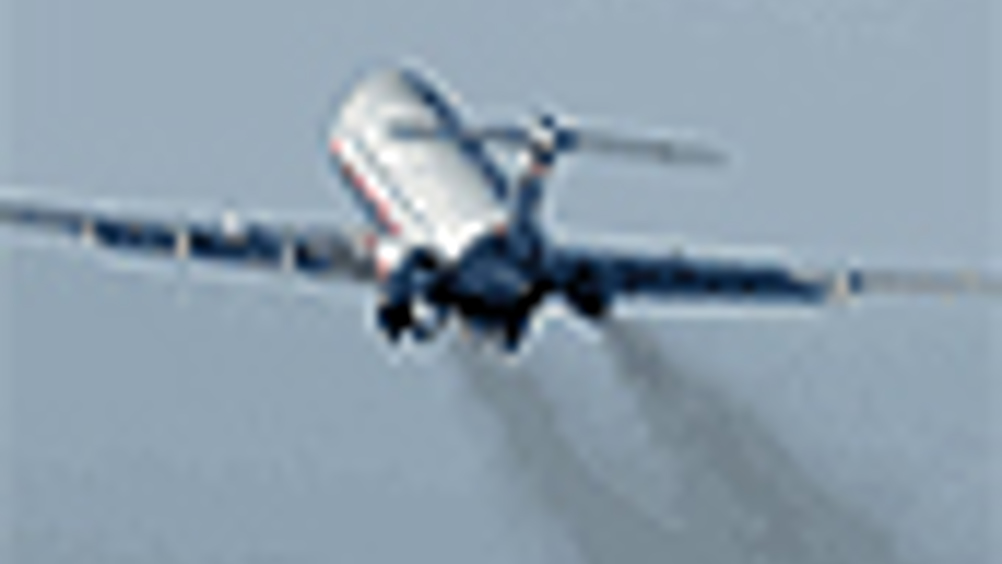Autonomy at Qinetiq

Qinetiq has successfully completed the world's first flight demonstration of a system capable of controlling and autonomously organising multiple unmanned aircraft.
The successful flight trial was conducted to support the concept of using a package of self-organising unmanned air vehicles (UAVs) under the control of an operator flying in a fast jet.
Central to the Qinetiq demonstration, undertaken as part of a Ministry of Defence funded programme, was a BAC1-11 twinjet aircraft that has been converted into a surrogate UAV. In addition to controlling the BAC1-11 'remotely', an operator directed a package of simulated UAVs at a strategic level and carried out a simulated ground attack on a moving target.
An autonomy computer using agent-based reasoning software in the surrogate UAV was responsible for the self-organising of the UAV package at a tactical level and the operation of communication systems, sensors and weapons. The trial is a world first in demonstrating such a complex system in flight which greatly reduces the workload of the human operator.
Register now to continue reading
Thanks for visiting The Engineer. You’ve now reached your monthly limit of news stories. Register for free to unlock unlimited access to all of our news coverage, as well as premium content including opinion, in-depth features and special reports.
Benefits of registering
-
In-depth insights and coverage of key emerging trends
-
Unrestricted access to special reports throughout the year
-
Daily technology news delivered straight to your inbox










Water Sector Talent Exodus Could Cripple The Sector
Maybe if things are essential for the running of a country and we want to pay a fair price we should be running these utilities on a not for profit...